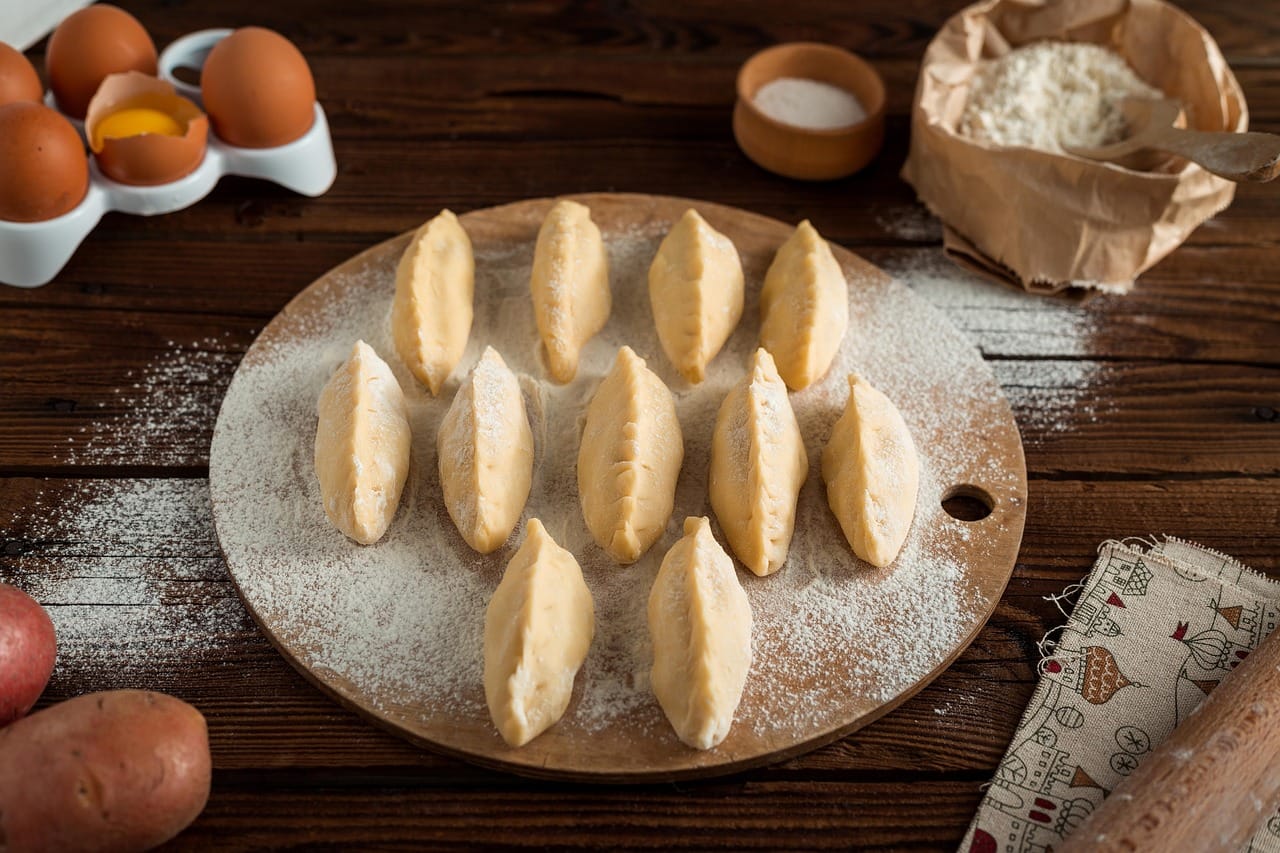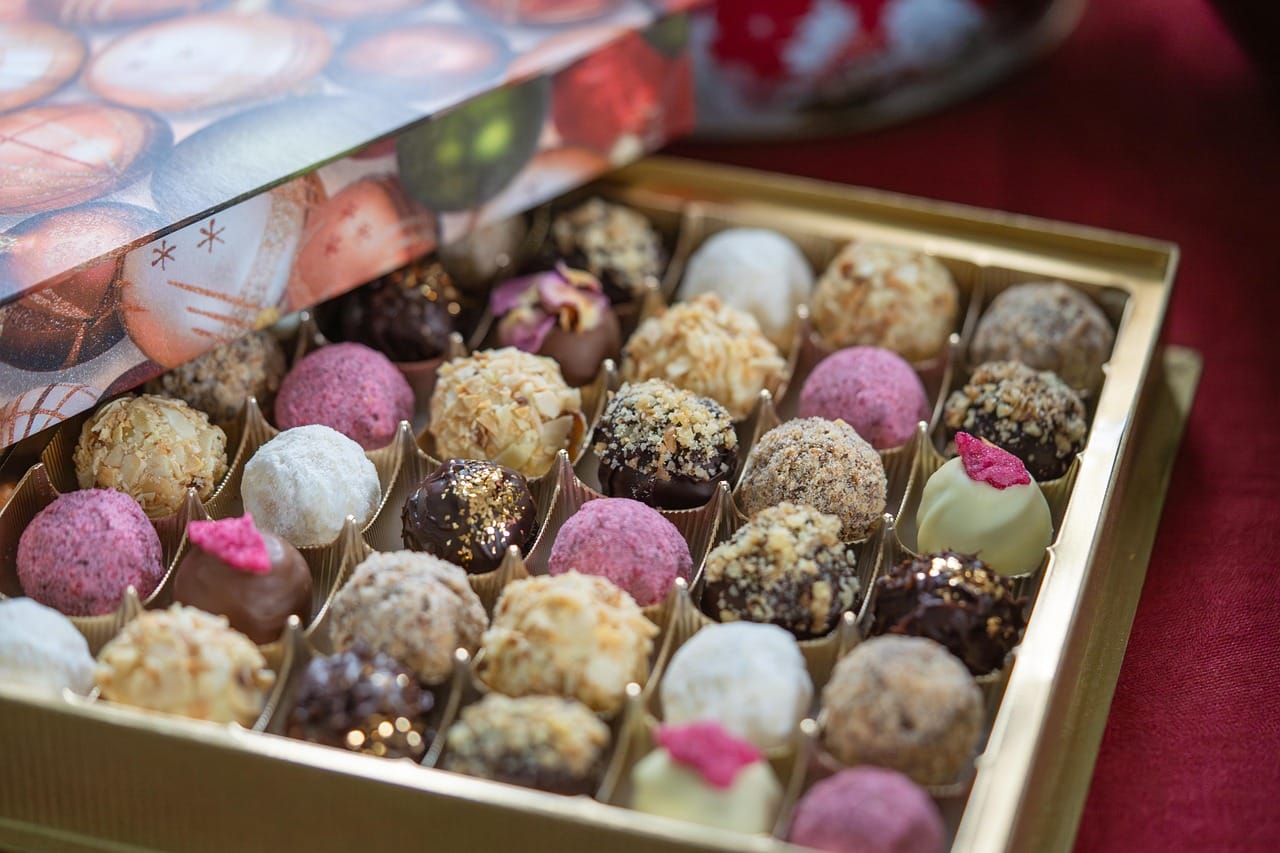Sausage rolls. Just the name conjures images of flaky, golden pastry embracing a savory, seasoned sausage filling. From humble bakery staples to gourmet appetizers, these delectable treats have secured their place as a beloved comfort food worldwide. But what makes the perfect sausage roll? Let’s delve into the history, ingredients, techniques, and variations that elevate this seemingly simple snack to an art form.
The Allure of the Sausage Roll: A Culinary Staple
A Brief History
Sausage rolls have a history stretching back centuries, with roots in ancient cultures that encased seasoned meats in pastry. While the precise origin is debated, they gained widespread popularity in 19th-century England, becoming a convenient and affordable meal for the working class. Today, sausage rolls are enjoyed globally, with regional variations and inventive twists constantly emerging.
- The Romans are thought to have enjoyed a similar dish involving meat encased in pastry.
- Mass production in the 19th century made them affordable and accessible.
- They remain a popular snack and meal option in many countries.
Why We Love Them
What’s the secret to the sausage roll’s enduring appeal? It’s a combination of factors:
- Convenience: They’re portable and easy to eat, perfect for a quick lunch or snack.
- Flavor: The savory meat filling contrasts beautifully with the buttery, flaky pastry.
- Versatility: They can be adapted to suit different tastes, with endless possibilities for fillings and flavors.
- Comfort: There’s a nostalgic quality to a well-made sausage roll that brings a sense of warmth and satisfaction. A study found that over 60% of people associate sausage rolls with positive childhood memories.
Crafting the Perfect Pastry: The Foundation of a Great Roll
Puff Pastry Perfection
The foundation of any exceptional sausage roll is, without a doubt, the pastry. While shortcrust pastry can be used, puff pastry is generally preferred for its light, flaky texture that contrasts beautifully with the savory filling. You have two main choices:
- Homemade: Making your own puff pastry is a labor of love, but the results are truly worth it. Requires precise layering and chilling of butter and dough.
- Store-bought: High-quality store-bought puff pastry can be a great time-saver. Look for all-butter varieties for the best flavor and texture. Brands like Dufour Pastry Kitchen are often praised for their quality.
Key Techniques for Flakiness
Achieving that perfect, flaky pastry is all about technique:
- Keep it cold: Cold butter is essential for creating steam during baking, which separates the layers and results in flakiness.
- Gentle handling: Avoid overworking the dough, which can develop the gluten and make it tough.
- Proper baking: Bake at a high temperature (around 400°F or 200°C) to ensure the pastry rises and becomes golden brown.
Selecting the Sausage: The Heart of the Matter
Choosing Your Meat
The sausage filling is where you can really get creative. While traditional recipes often use pork sausage meat, you can experiment with different types of meat and flavor combinations:
- Pork: The classic choice, offering a rich and savory flavor. Look for sausage meat with a good fat content for moisture.
- Beef: Provides a richer, more robust flavor. Consider adding a touch of Dijon mustard or Worcestershire sauce for extra depth.
- Chicken or Turkey: A leaner option that can be equally delicious. Season with herbs like sage, thyme, and rosemary.
- Vegetarian/Vegan: Use plant-based sausage alternatives or create your own filling with lentils, vegetables, and herbs.
Seasoning Sensations
Proper seasoning is crucial to elevate your sausage filling:
- Herbs: Sage, thyme, rosemary, and parsley are classic choices that complement most meats.
- Spices: Nutmeg, mace, white pepper, and a pinch of cayenne pepper can add warmth and complexity.
- Aromatics: Garlic, onion, and shallots provide a savory base.
- Binders: Breadcrumbs or a beaten egg can help bind the filling and prevent it from drying out.
- Example: A classic pork sausage roll filling might include: 1 lb pork sausage meat, 1/4 cup breadcrumbs, 1 tbsp chopped fresh sage, 1/2 tsp ground nutmeg, salt and pepper to taste.
Assembling and Baking: Bringing It All Together
The Rolling Process
Once you have your pastry and filling ready, it’s time to assemble the sausage rolls:
Baking Tips and Tricks
- Score the pastry: Make a few shallow cuts on top of the sausage rolls before baking to allow steam to escape.
- Bake on a lined baking sheet: This prevents sticking and ensures even cooking.
- Cool slightly before serving: Allow the sausage rolls to cool for a few minutes before serving to prevent burning your mouth.
Variations and Creative Twists: Beyond the Traditional
Global Influences
The beauty of sausage rolls lies in their versatility. Experiment with different flavors and ingredients to create unique variations inspired by cuisines around the world:
- Mediterranean: Add feta cheese, sun-dried tomatoes, and olives to the filling.
- Indian: Incorporate curry powder, garam masala, and chopped cilantro.
- Mexican: Season with chili powder, cumin, and chopped jalapenos.
- Asian: Add ginger, soy sauce, and chopped scallions.
Gourmet Upgrades
Elevate your sausage rolls with gourmet ingredients and techniques:
- Truffle oil: A drizzle of truffle oil adds a luxurious touch.
- Caramelized onions: Add sweetness and depth of flavor.
- Different cheeses: Gruyere, cheddar, or parmesan can add richness and complexity.
- Homemade chutneys or sauces:* Serve with homemade apple chutney or a spicy tomato relish.
Conclusion
The humble sausage roll is far more than just a simple snack; it’s a culinary canvas with endless possibilities. From mastering the perfect puff pastry to experimenting with global flavors and gourmet ingredients, there are countless ways to elevate this classic treat. So, whether you’re a seasoned baker or a novice cook, embrace the challenge and embark on your own sausage roll adventure. The perfect bite awaits!




